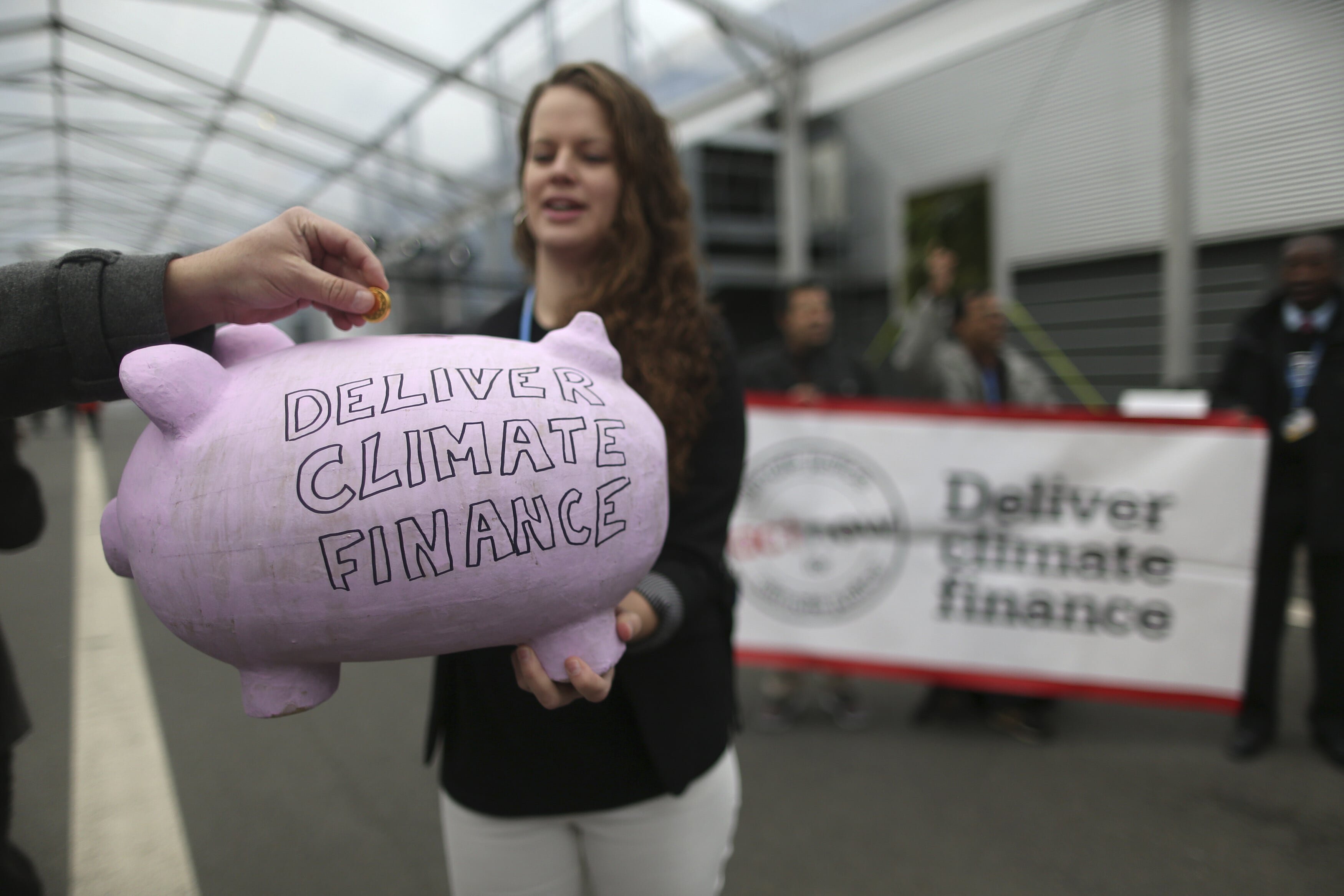What do the economic woes of Turkey, Argentina and Indonesia have in common?

Trouble in emerging markets ... Argentinians line up to buy dollars in Buenos Aires as the peso slides.
Image: REUTERS/Enrique Marcarian
Stay up to date:
Indonesia
Since Turkey suffered an economic crisis of confidence in August – with its currency falling by some 25% that month – emerging markets around the world, from South Africa to Indonesia, have also experienced plummeting currencies and an outflow of foreign investment.
Argentina, which had stabilized after a crisis earlier in the year, has fallen back into emergency mode, increasing interest rates to 60%. Its currency, the peso, has fallen by 45% in 2018 and 24% in August.
Why are all these different countries, on different continents, with different economic situations and leadership suffering from the same symptoms?
The short answer is uncertainty over the global economy brought about by the economic management of the United States.
Firstly, the US economy is growing very fast at the moment. Pumped up by the tax cuts passed by Congress last year, as well as President Donald Trump cutting environmental and other “red tape” regulations, the US stock market has been hitting record highs, and the economy has been growing at over 4%, an extremely strong rate for the world’s largest economy. At the same time, the US Federal Reserve is beginning to raise interest rates, after a decade of keeping them as low as possible.
Quarterly growth of the real GDP in the United States from 2011 to 2018

The strength of US markets, combined with increasing interest rates, has attracted investors, who have had their money into higher-growth emerging markets. This flow of investment funds into the US has, in turn, increased the value of the US dollar, which makes the US an even more attractive destination for investors.
Add to these factors the uncertainty of a trade war, with the US putting tariffs on foreign goods – with latest reports indicating potentially up to $200 billion just on of Chinese imports, not including all the tariffs on steel, aluminium and other products from other countries. Whatever the outcome of a trade war, it is likely that smaller markets will come out of it worse than the US. This too is encouraging investors to look for safer places to put their money – namely America.
Reliance on foreign funding
Meanwhile, in each of the different emerging markets, individual economic stories are playing out in different ways but with the same outcome – loss of confidence by investors, an outflow of funds, and a fall in the value of their currencies. The triggers for the currency collapses in Argentina, Turkey, South Africa and Indonesia have all been different, but they share one thing in common – a disproportionate reliance on foreign funding for trade and government deficits.
Argentina was suffering earlier in the year after the worst drought in 50 years hit production of maize and soybeans, both important export crops. Building on economic weaknesses that were the result of liberalizing policies enacted over the last few years, it was enough to tip the country into crisis. The IMF was called in, and in June pledged a $50 billion loan to tide the country over.
Then, in September, Turkey was hit when a political row with the US over the detention of an American priest became tariffs on Turkish goods, and sanctions on some of Turkey’s leaders, and that became the trigger for investors to rethink their Turkish strategies.
Almost uniquely for an ASEAN country, Indonesia has a big current-account deficit (it hit over $2 billion in July, the highest it has been in five years), and has Asia’s highest external debt, at 35% of GDP. Those factors have made it vulnerable, its currency has hit the lowest point since the financial crisis over a decade ago, and the country’s central bank has been forced to hike interest rates.
Where to from here?
The biggest challenges are faced by countries which have the highest levels of debt. Total borrowing across all emerging markets ballooned from $21 trillion in 2007 to $63 trillion in 2017 – over 200% of GDP. According to analyst Satyajit Das, countries that have between 20% and 50% of GDP in debt include China, India, Indonesia, Malaysia, South Africa, Mexico, Chile, Brazil and some Eastern European countries. There are big questions over whether these countries can repay those debts, and investors are asking them.
That said, each of these countries has its own economic story. Some say the days when investors looked upon “emerging markets” as one big class of asset are over. The months ahead will test this thesis.
Don't miss any update on this topic
Create a free account and access your personalized content collection with our latest publications and analyses.
License and Republishing
World Economic Forum articles may be republished in accordance with the Creative Commons Attribution-NonCommercial-NoDerivatives 4.0 International Public License, and in accordance with our Terms of Use.
The views expressed in this article are those of the author alone and not the World Economic Forum.
Related topics:
Forum Stories newsletter
Bringing you weekly curated insights and analysis on the global issues that matter.
More on Financial and Monetary SystemsSee all
Sandra Waliczek
August 8, 2025
Rebecca Geldard
August 7, 2025
Aurora Matteini and Derek Baraldi
August 6, 2025
Sandra Waliczek and Harry Yeung
July 29, 2025
Pranidhi Sawhney and Adam Skali
July 29, 2025
David Carlin and Sourajit Aiyer
July 28, 2025





